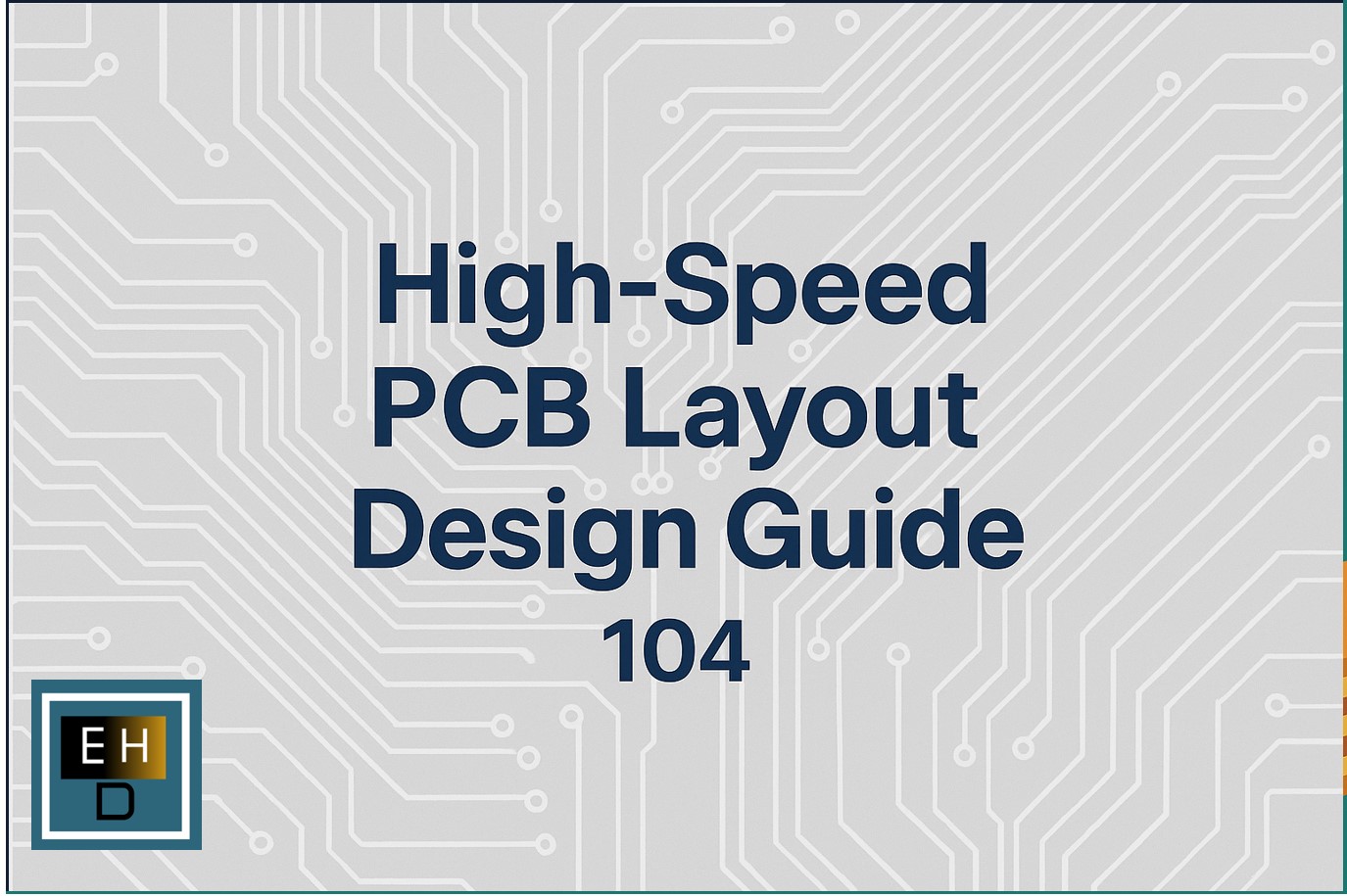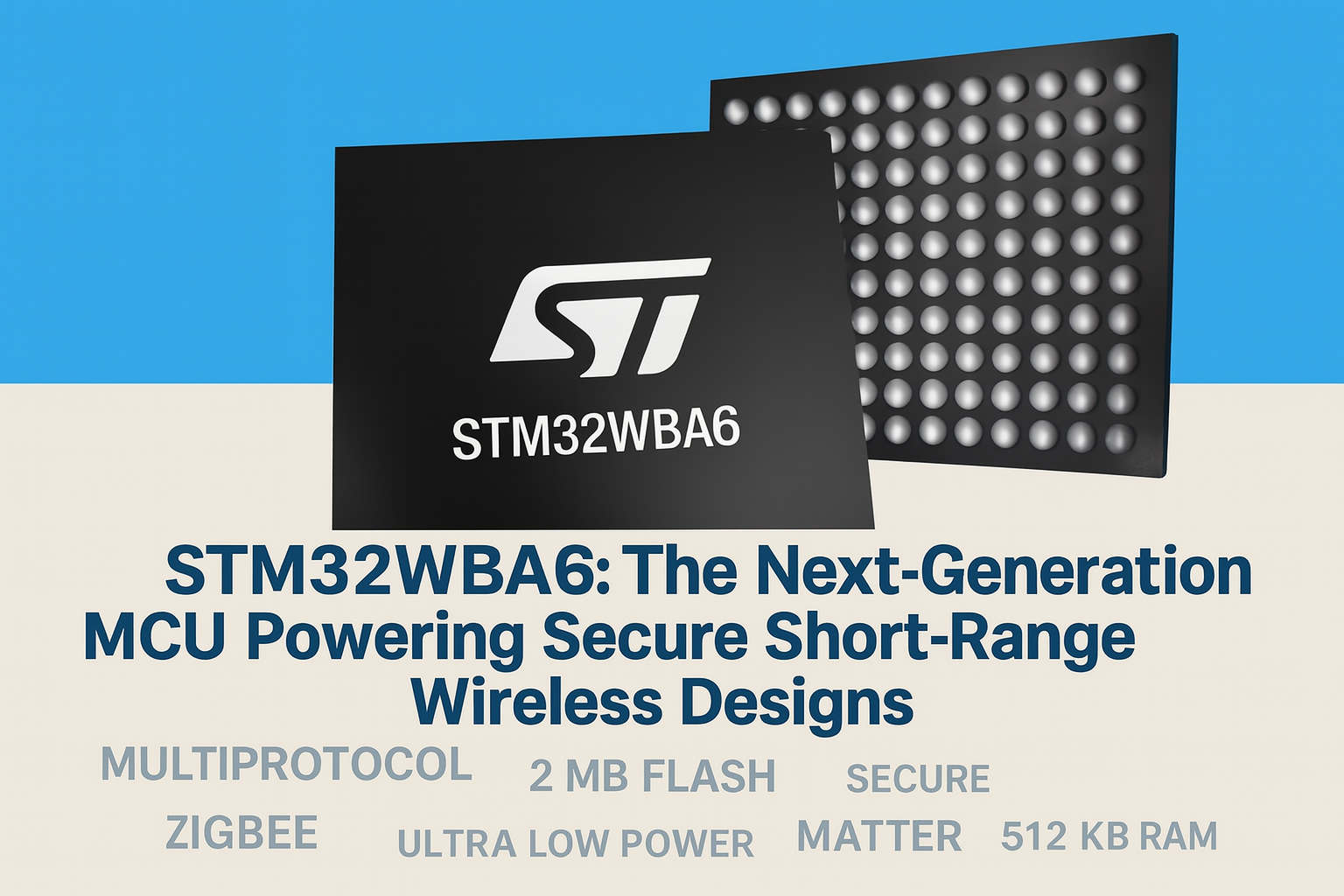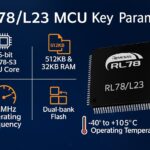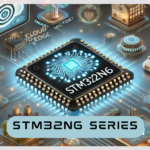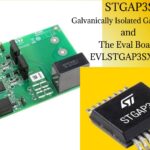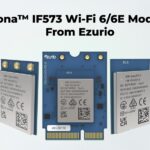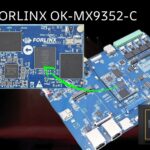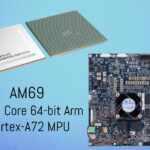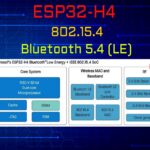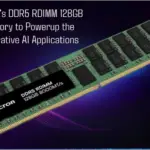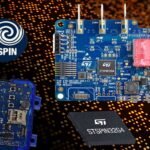Featured Post
High-Speed PCB Layout Design Guide-103
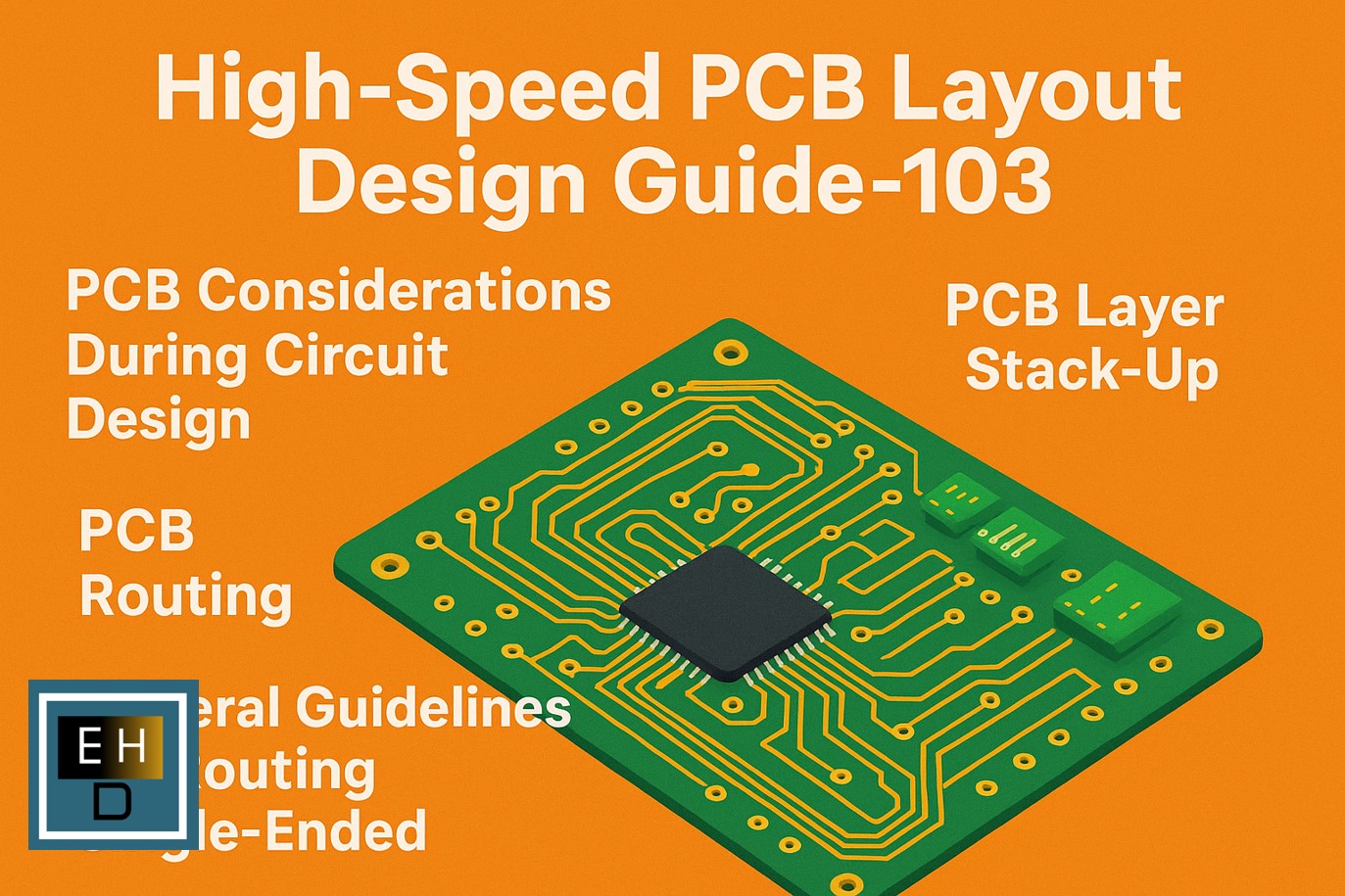
In our previous blog, High-Speed PCB Layout Design Guide-102, we discussed several fundamental concepts essential to high-speed PCB layout design. ...
Read more

The Power of Speed: The Role of Rapid Prototyping in Modern Product Development
In the fast-paced world of modern product development, the distance between a brilliant idea and a successful market launch is ... Read more

PCB Materials for High-Speed PCB Design
In our earlier blog High-Speed PCB Layout Design Guide, we covered several foundational aspects of high-speed PCB design. These included ... Read more
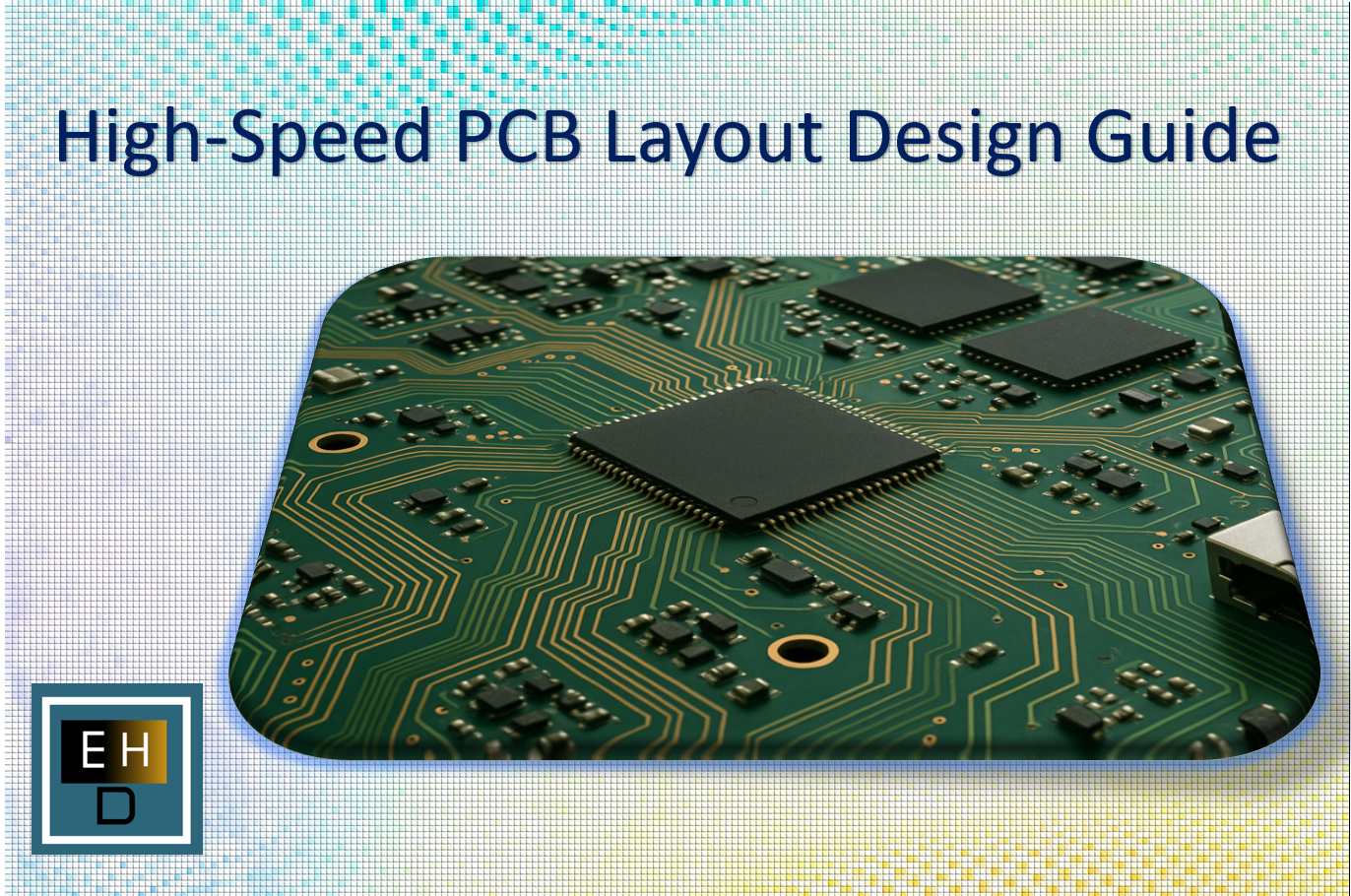
High-Speed PCB Layout Design Guide -101
In today’s world, the complexity of electronic products has grown significantly due to increasing demands for higher performance—such as faster ... Read more

DC-DC Buck Converter PCB Layout Design Guidelines
DC-DC buck converters are essential for efficiently powering subsystems in automotive, industrial, and consumer electronics. While selecting the right regulator ... Read more
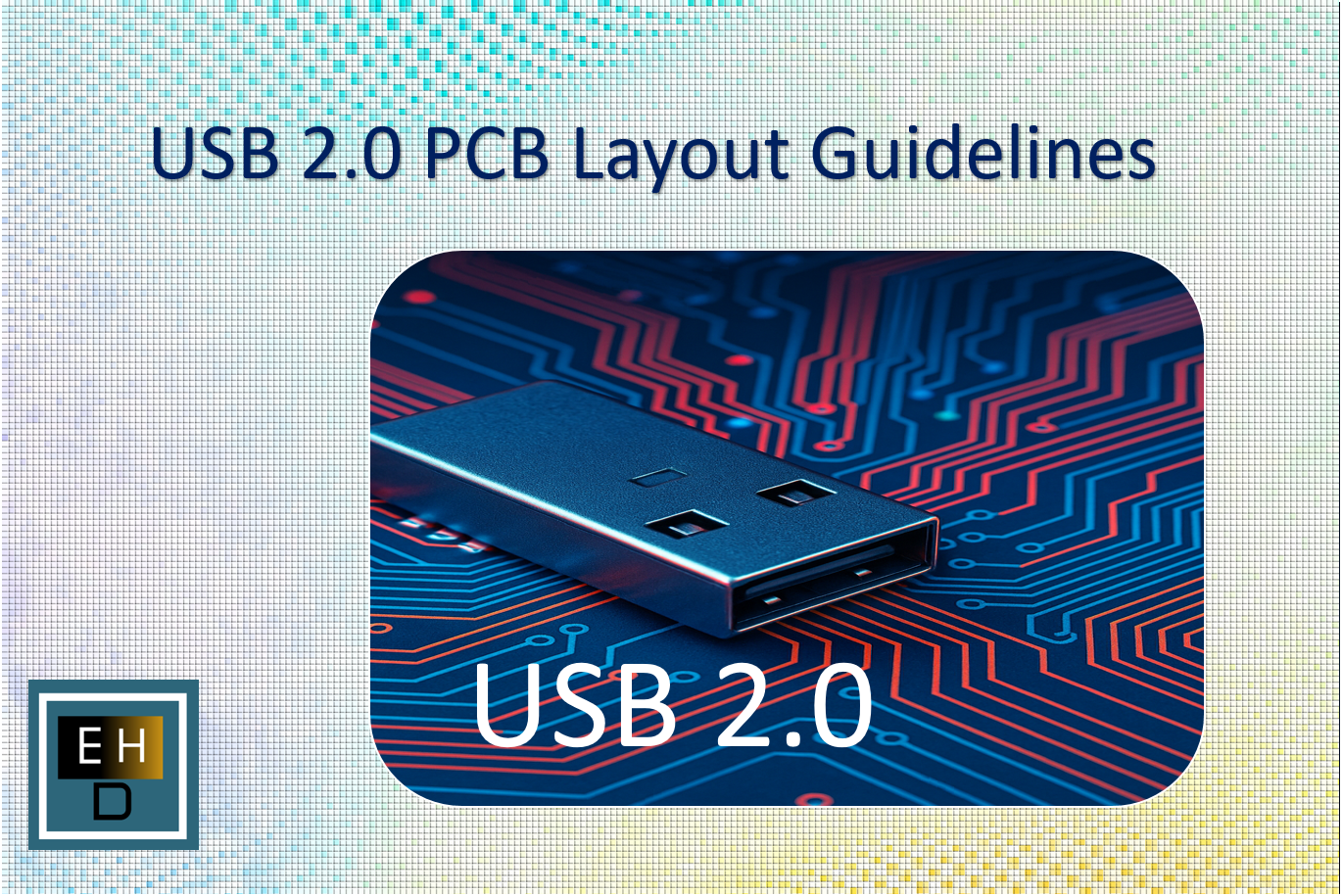
USB2.0 PCB Layout Guidelines
When implementing a USB interface on a PCB to connect a microcontroller, microprocessor, or USB PHY to a peripheral device, ... Read more

Exploring the FRDM i.MX 93 Development Board – Features, Functions, and Applications
The FRDM i.MX 93 is a cutting-edge development board from NXP Semiconductors, designed for next-generation embedded applications. It integrates high-performance ... Read more

What is USB On-The-Go (OTG)?
The USB On-The-Go (OTG) is a USB controller that can be auto-confabulated to host or device. This allows a USB ... Read more

USB 2.0 Hardware Design Guidelines
USB 2.0 hardware design requires careful consideration of signal integrity, power management, and PCB layout to ensure reliable high-speed data ... Read more

How Embedded Systems Contribute to The Future of Automation
Automation has come a long way. With its massive productivity benefits, it quickly became the talk of the town. Early ... Read more
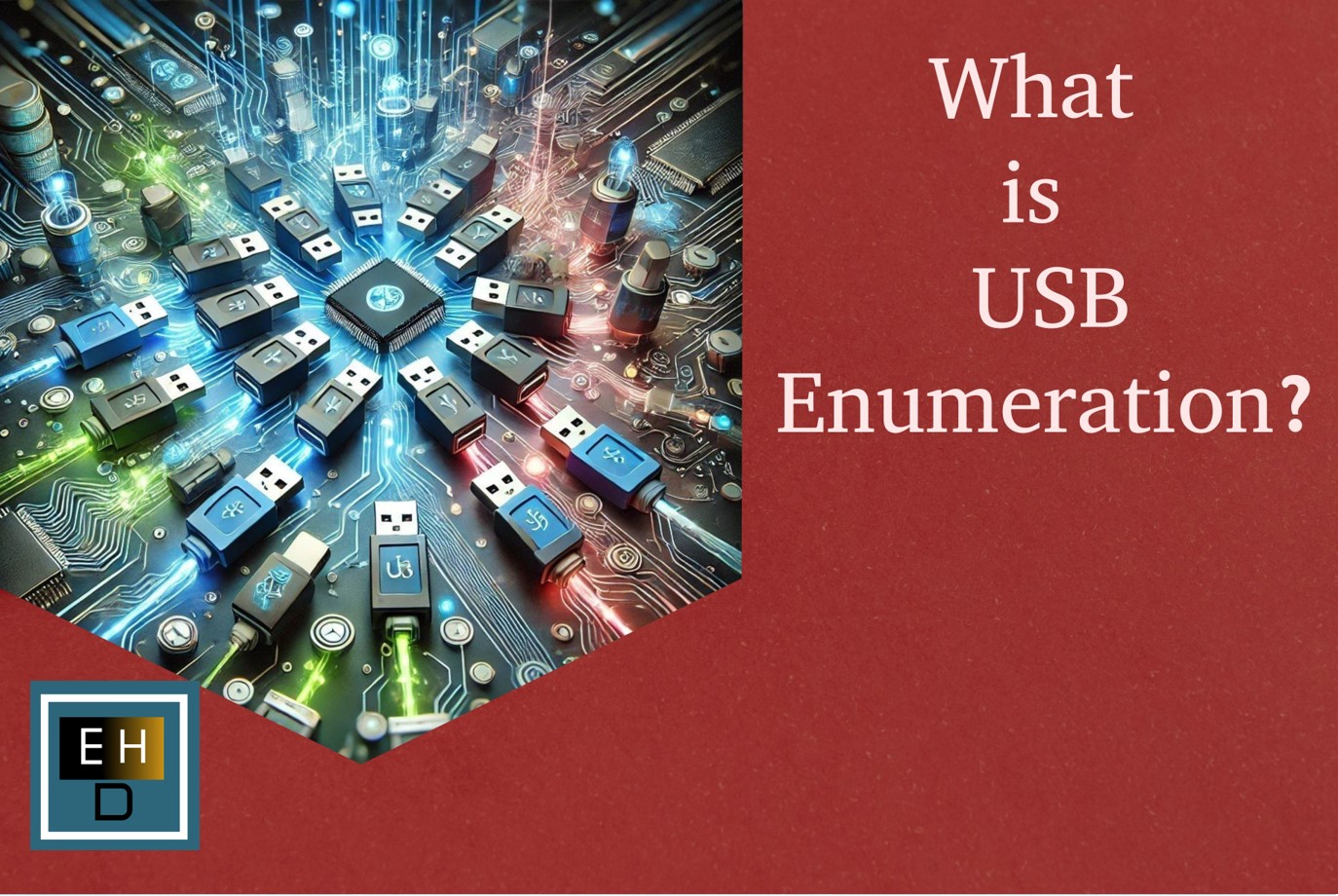
What is USB Enumeration?
USB bus enumeration is the process of detecting, identifying, and managing devices attached to the USB bus. When a device ... Read more
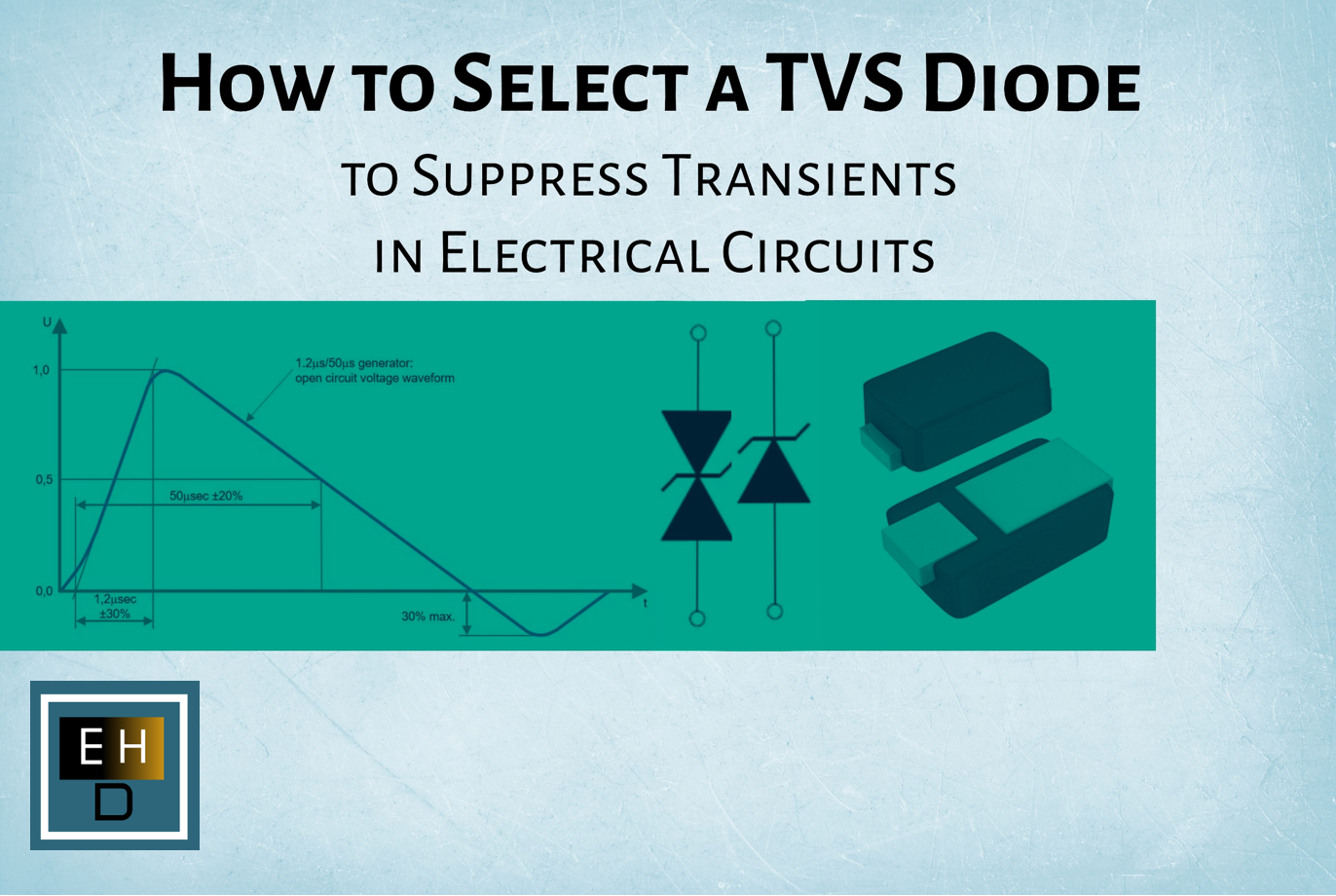
How to Select a TVS Diode to Suppress Transients in Electrical Circuits?
Transient Voltage Suppression (TVS) diodes are critical components used to protect sensitive electronic circuits from large transient spikes or voltage ... Read more
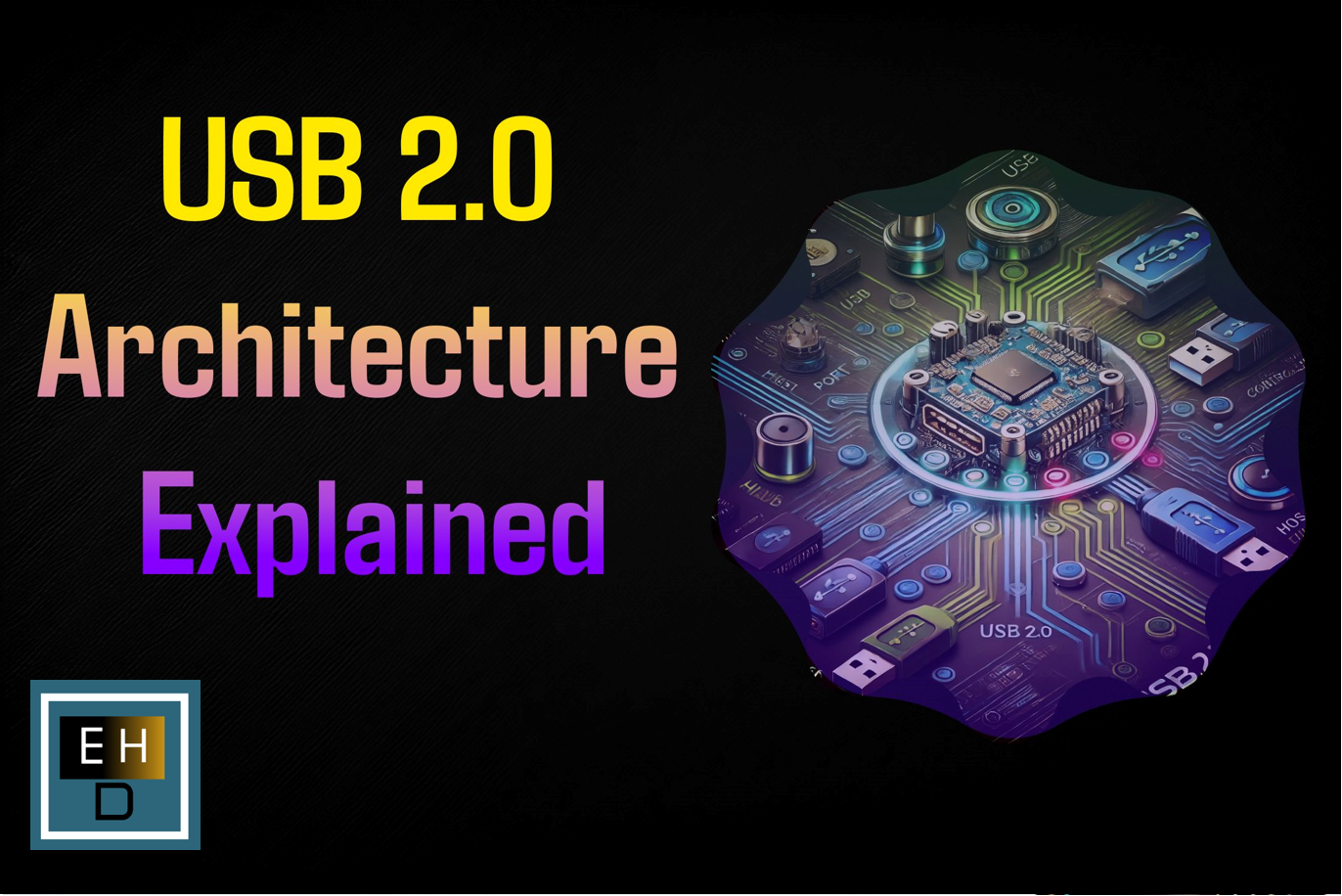
USB 2.0 Architecture Explained
The USB 2.0 architecture follows a star network configuration with a single host that controls all connected devices. Connection between ... Read more

Understanding Transients in Electrical Circuits
In electrical systems, transients refer to temporary, short-duration deviations from the steady-state behaviour of a system. These are caused by ... Read more
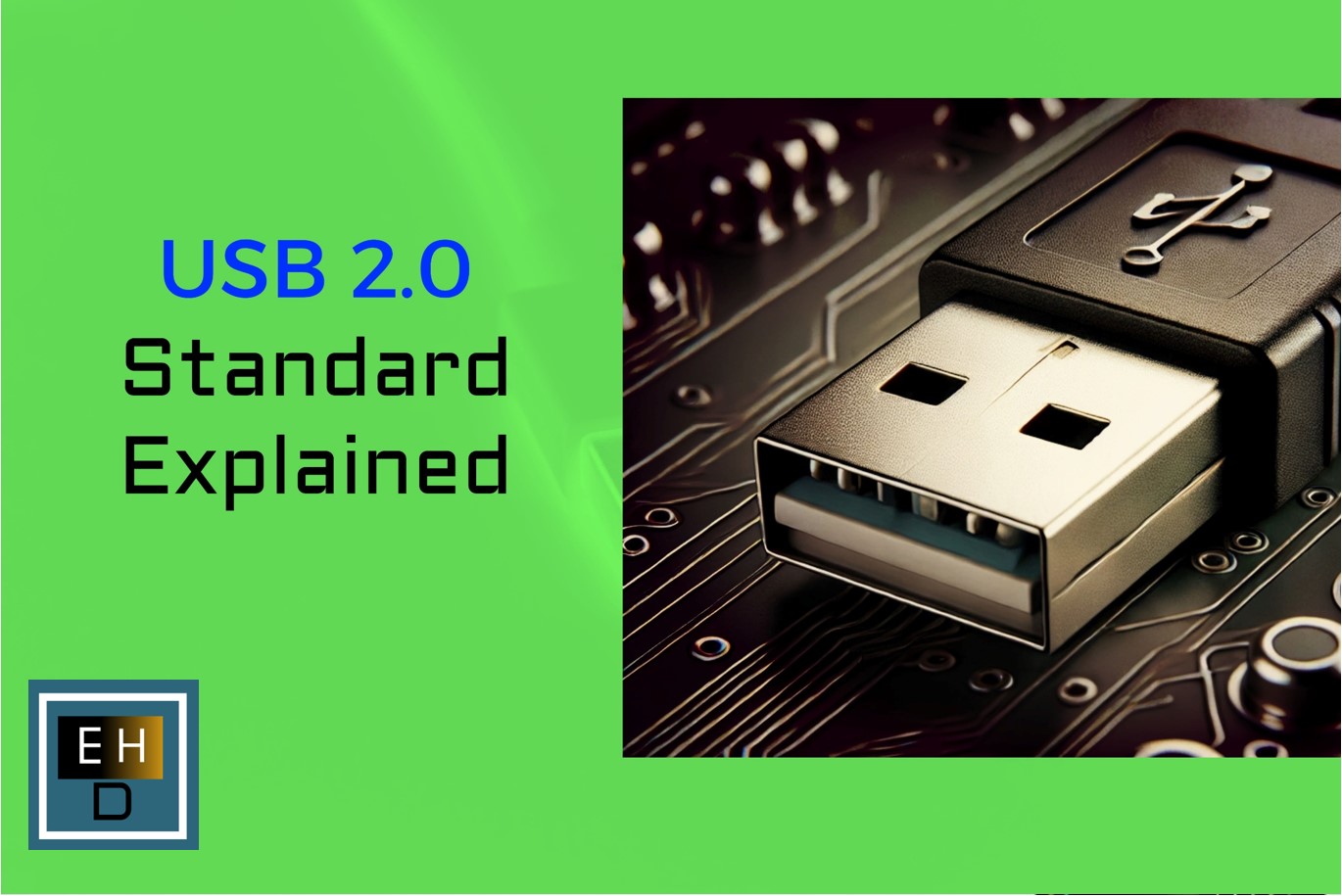
USB 2.0 Standard Explained
USB 2.0, released in April 2000, represented a major advancement in performance and functionality over USB 1.1. It introduced a ... Read more
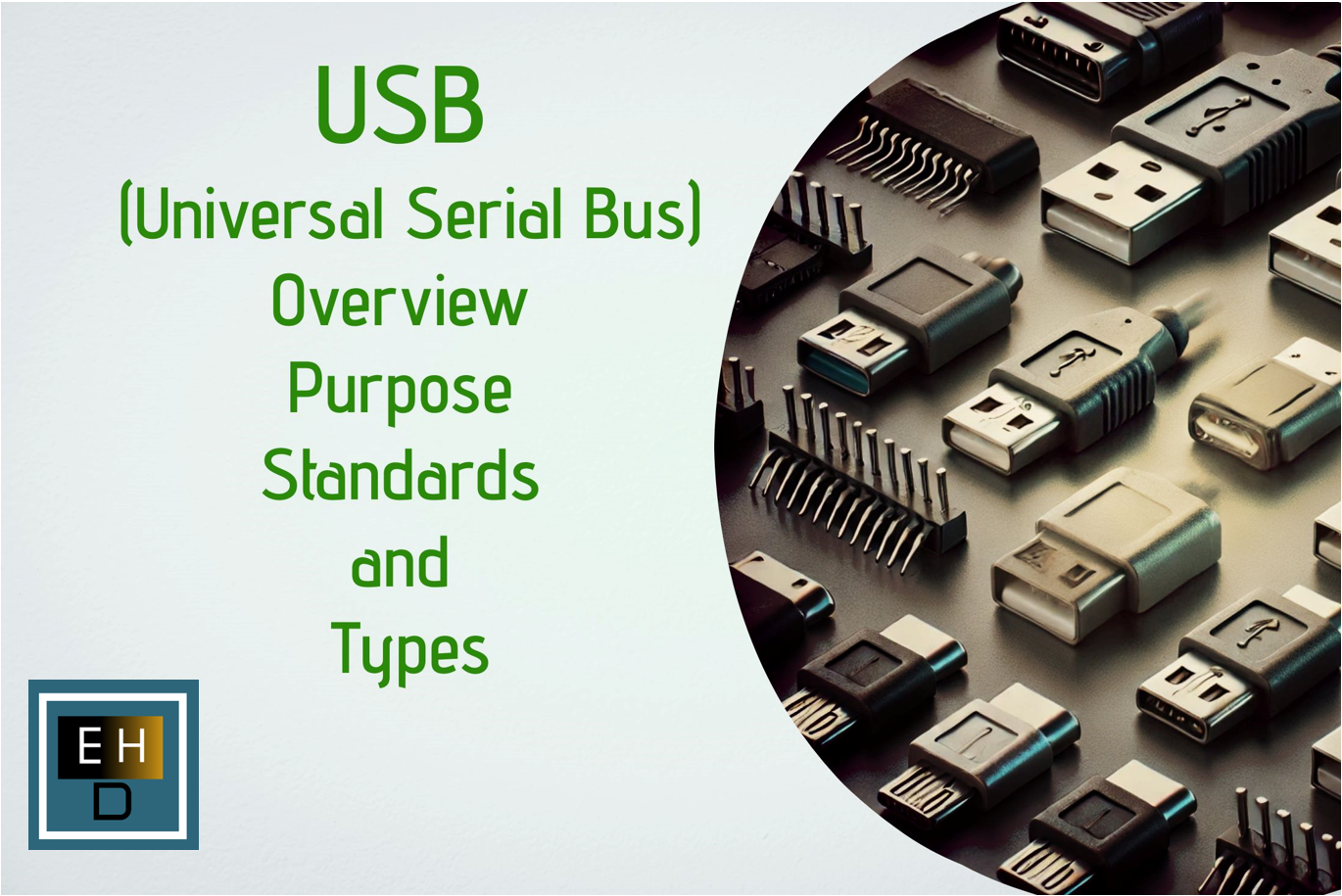
USB – (Universal Serial Bus) Overview, Purpose, Standards and Types
USB (Universal Serial Bus) is an industry-standard introduced in 1996 to standardize the connection of peripherals to computers, replacing interfaces ... Read more
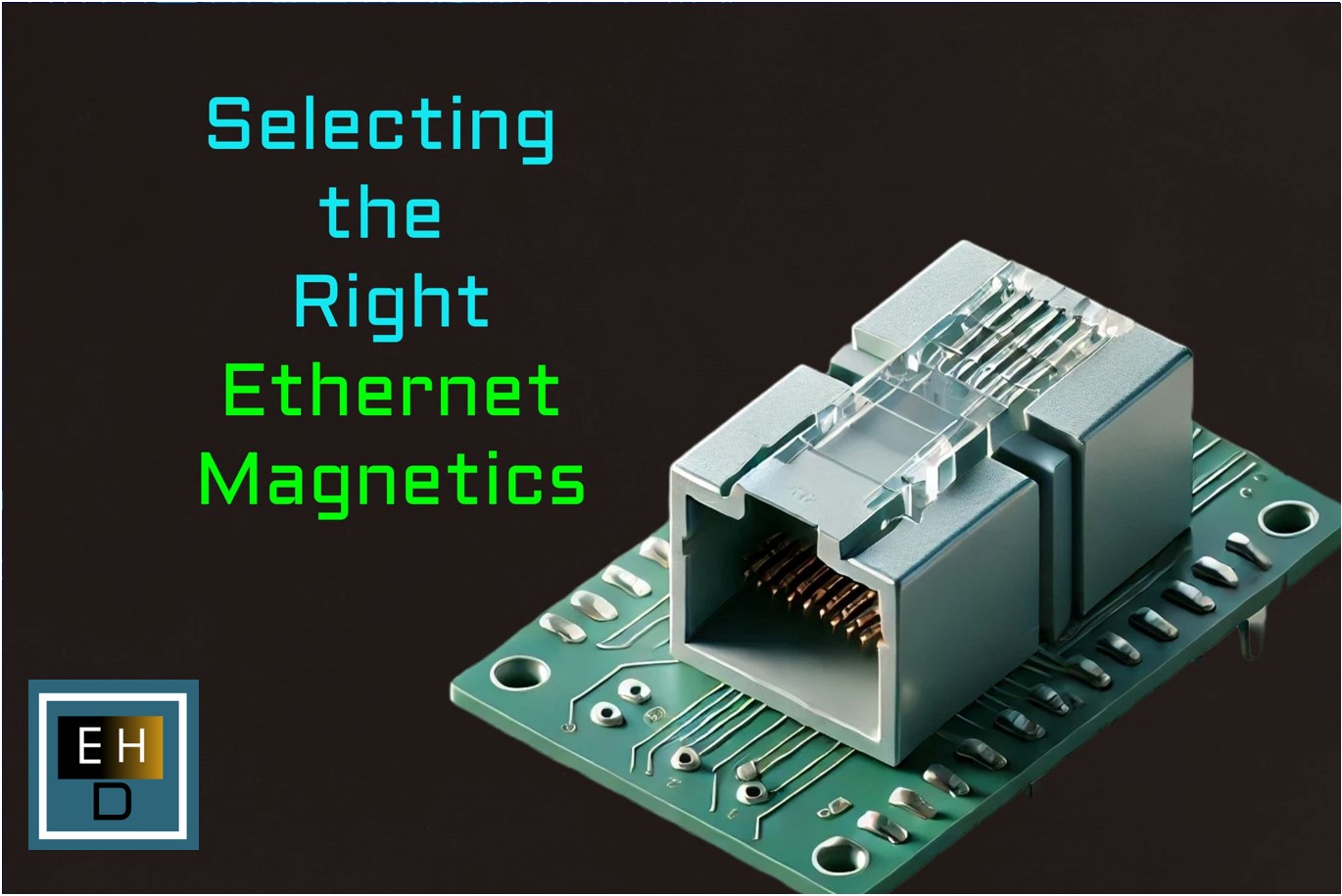
Selecting the Right Ethernet Magnetics
Selecting magnetics for Ethernet, especially for interfaces like 10/100Base-T or 1000Base-T (Gigabit Ethernet), involves considering several key factors. Magnetics offers ... Read more
